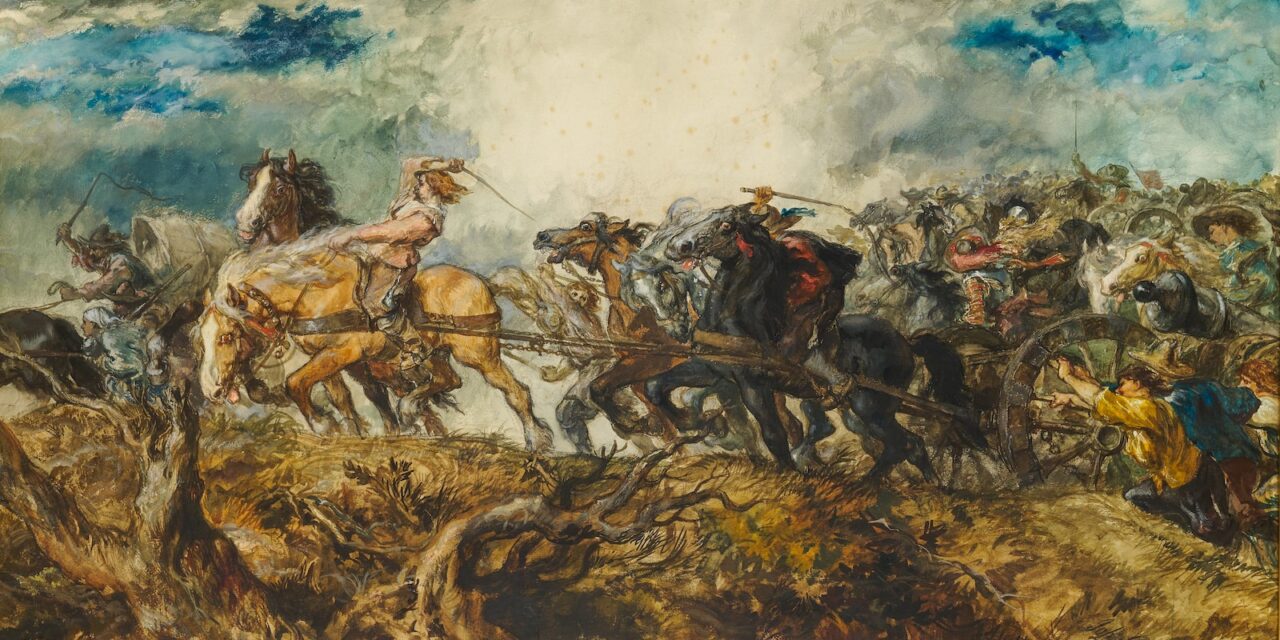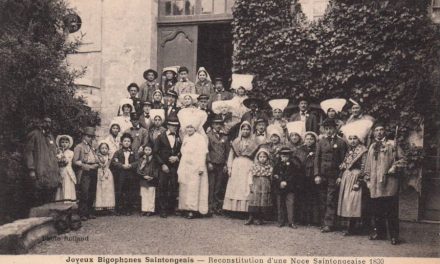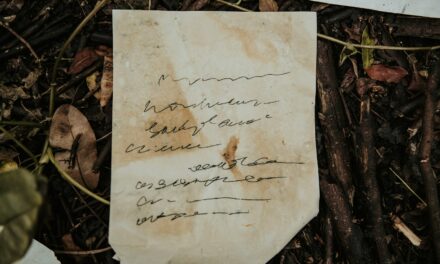Heraldry, with its vivid coats of arms and intricate crests, is more than just a colorful tradition of the past. It is a vital and fascinating aspect of genealogical research that offers a unique window into the history and lineage of families throughout the ages.
Table of Contents
Introduction
In this section, we will embark on a journey through the captivating world of heraldry, exploring its origins, its historical importance, and the pivotal role it plays in tracing family history.
A Legacy of Symbols and Identity
Heraldry, as we know it today, has its roots deeply embedded in medieval Europe. Emerging around the 12th century, heraldry was a system of visual identification. It was a language of symbols and colors that transcended linguistic barriers, enabling knights and nobles to identify each other on the battlefield and in tournaments. These symbols, often displayed on shields, banners, and even on one’s attire, were more than just decorative; they were a form of identification that told a story about the individual or family they represented.
The Role of Heraldry in Genealogy
Heraldry’s connection to genealogy lies in its function as a visual record of a family’s history, achievements, and affiliations. As individuals rose through the ranks of society, their coats of arms evolved to reflect their changing status and alliances. In this sense, heraldic achievements serve as a dynamic narrative of a family’s journey through time. Each alteration in the design of a coat of arms or the addition of new symbols can be a clue to an important event or a noteworthy connection.
Unlocking the Past Through Heraldry
For genealogists, heraldry serves as a treasure trove of historical information. Coats of arms often bear the mark of geographic origins, indicating where a family hailed from. They might include symbols denoting military service or acts of valor, shedding light on ancestors’ roles in historic battles or noble endeavors. Heraldry also reveals alliances through marriage, fostering connections between noble houses and dynasties that can be explored further in genealogical research.
Beyond the Aristocracy
While heraldry is often associated with nobility and the upper echelons of society, it has significance for people from all walks of life. Many commoners adopted heraldic symbols, either by serving noble families or through personal achievements. Thus, heraldry can be a valuable resource for tracing the lineage of individuals from diverse backgrounds.
Understanding Coats of Arms and Heraldic Symbols
Coats of arms are captivating visual representations that have stood the test of time, bearing witness to the grandeur and uniqueness of families, organizations, and individuals. To truly appreciate the significance of these emblems, it is essential to delve into the elements that constitute a coat of arms and understand the symbolic language that heraldry employs. In this section, we will unravel the intricate world of heraldic symbols, colors, and designs, shedding light on their historical importance and the stories they tell.
The Shield: The Canvas of Heraldry
At the heart of every coat of arms lies the shield, often considered the canvas upon which a family’s history is painted. The shape and design of the shield itself can hold meaning. For example, a pointed shield, known as a “heater shield,” is characteristic of the medieval era, while a more angular shape known as a “kite shield” was common in the Middle Ages. The choice of shield shape may hint at the time period when the coat of arms was granted or adopted.
Colors: A Palette of Significance
Colors, or “tinctures” in heraldic terminology, are central to the language of heraldry. The most common tinctures include:
- Gules (Red): Often symbolizing courage, valor, and martyrdom.
- Azure (Blue): Representing loyalty, truth, and vigilance.
- Or (Gold/Yellow): Signifying generosity, wealth, and virtue.
- Argent (Silver/White): Symbolizing peace, purity, and sincerity.
- Sable (Black): Denoting constancy, grief, and wisdom.
- Vert (Green): Reflecting hope, joy, and loyalty in love.
The choice of colors in a coat of arms can convey powerful messages about the virtues and values held dear by a family or individual.
Animals and Creatures: Symbolic Allies
Heraldic symbols often feature animals and mythical creatures, each carrying its own symbolic significance. Lions, for instance, represent courage and nobility, while eagles stand for strength and majesty. Dragons might symbolize protection, and griffins, a combination of an eagle and a lion, can signify a blend of virtues.
Plants and Flowers: Nature’s Emblems
Floral elements in heraldry are equally rich in meaning. The rose can signify beauty and love, the thistle can represent perseverance, and the oak tree might symbolize strength and endurance. These botanical symbols add a layer of depth to the coat of arms, telling stories of personal qualities or affiliations with particular regions.
Ordinaries and Charges: Geometric and Abstract Elements
Beyond animals and plants, heraldry often incorporates geometric shapes and abstract symbols known as ordinaries and charges. These can include crosses, chevrons, fleurs-de-lis, and more. Each has its own meaning and can serve as a focal point for interpreting the coat of arms.
Tracing Your Family’s Coat of Arms
The quest to trace your family’s coat of arms is an exciting journey that can unlock a rich tapestry of ancestral heritage. It’s a venture that takes you deep into the annals of history, connecting you with the noble or distinguished lineage of your forebears. In this section, we will guide you through the steps of researching and identifying your family’s coat of arms, highlighting the resources and records that can aid you on this captivating genealogical expedition.
-
Start with Family Lore and Oral History
Begin your search by consulting the living historians of your family: your relatives. Family lore and oral history often contain valuable clues about the existence of a coat of arms within your lineage. Older family members may recall stories or legends associated with a coat of arms, which can serve as a starting point for your research.
-
Explore Heraldic Records and Archives
Heraldic records are a treasure trove for genealogists looking to trace their family’s coat of arms. Key resources include:
- College of Arms (UK): If your family has British roots, the College of Arms in London holds extensive heraldic records dating back centuries. They offer research services and may help you discover or confirm your coat of arms.
- National Archives: In many countries, national archives maintain records related to heraldry and coats of arms. These archives often house grants of arms, pedigrees, and other related documents.
- Local Archives: Don’t overlook regional or local archives, as they may contain valuable information, especially for families with distinct regional ties.
-
Visit Libraries and Specialized Collections
Libraries with genealogical and heraldic collections can be invaluable in your search. Resources like Burke’s Peerage, Debrett’s Peerage, and similar publications contain detailed information on British and European noble families. Local and university libraries may also house rare books and manuscripts with heraldic information.
-
Utilize Online Databases and Websites
In the digital age, numerous online databases and websites cater to genealogists and heraldry enthusiasts. Platforms like Ancestry.com, MyHeritage, and Heraldry of the World provide access to heraldic records, family trees, and historical documents that can aid in your research.
-
Consult Heraldic Experts
Consider seeking the expertise of professional heraldic researchers or genealogists specializing in heraldry. They can navigate the complexities of heraldic records and assist in identifying or confirming your family’s coat of arms.
-
Attend Family History and Heraldry Conferences
Family history and heraldry conferences and events often feature experts and resources to aid in your research. Networking with fellow genealogists can provide valuable insights and connections.
-
Beware of Misleading Commercial Services
Be cautious of commercial services that promise to create or sell “family” coats of arms. Authentic coats of arms are granted to individuals, not surnames, and purchasing one online may not reflect your family’s true historical heritage.
Interpreting Heraldic Symbols in Genealogy
The language of heraldry is a captivating tapestry of symbols and elements, each with its own distinct meaning. Deciphering these symbols within a coat of arms is not just an art but a science that can greatly enhance your genealogical research. In this section, we will delve into the world of heraldic symbols and discuss how interpreting them can provide valuable insights into your family’s history and heritage.
Understanding the Basics of Heraldic Symbols
Before diving into specific symbols, it’s essential to grasp some fundamental concepts:
- Charge: A charge is a central symbol or image displayed on the shield or other parts of the coat of arms. Charges can range from animals and objects to abstract shapes.
- Tinctures: As mentioned earlier, tinctures refer to the colors used in heraldry. They play a crucial role in symbol interpretation.
- Ordinaries: These are basic geometric shapes and lines that divide the shield or serve as a background for other charges.
Common Heraldic Symbols and Their Meanings
- Lion: Lions are often associated with courage, strength, and nobility. The lion can represent a family’s leadership qualities or military achievements.
- Eagle: Eagles symbolize strength, majesty, and freedom. They are frequently found in coats of arms to represent prowess in battle.
- Cross: Depending on its form and tincture, a cross can have various interpretations. For example, a red cross may signify martyrdom, while a silver one can symbolize peace.
- Fleur-de-lis: This stylized lily is a symbol of purity, light, and hope. It is commonly associated with French heraldry.
- Crescent: A crescent moon can represent someone who was honored by the sovereign or achieved notable deeds during a time of conflict.
- Castle: Castles symbolize safety, grandeur, and power. They are often used to denote fortifications and military service.
- Tree: Trees can represent a family’s longevity, growth, and stability. Different types of trees, like oaks or palms, can carry distinct meanings.
- Fish: Fish often symbolize fertility, abundance, and Christianity. They may indicate a family’s religious affiliation or livelihood.
Combining Symbols for Deeper Meaning
Coats of arms frequently feature multiple symbols combined in intricate ways. These combinations can tell stories of alliances, achievements, and familial connections. For instance, a coat of arms featuring a lion and a tree may suggest a family’s strength and longevity in a particular region.
Researching Symbolic Variations
Symbols and charges in heraldry can evolve over time as they are passed down through generations. Exploring these variations can offer clues to the changing fortunes and alliances of your ancestors.
Heraldry in Practice: Case Studies and Examples
Heraldry, with its colorful emblems and intricate symbolism, is more than just a historical curiosity. It is a powerful tool that genealogists have used to unearth fascinating stories about their ancestors, enriching their family narratives and adding depth to their research. In this section, we will explore real-life case studies and examples that illustrate the practical applications and successes of heraldry in genealogical research.
Case Study 1: Tracing Regional Origins
One of the most compelling aspects of heraldry is its ability to provide insights into an individual or family’s geographic origins. In a notable case, a genealogist researching a family with Italian roots discovered a coat of arms featuring a prominent tower. Through heraldic research, it was revealed that this tower was a distinctive symbol of a particular Italian region. This breakthrough led the genealogist to explore local records and ultimately pinpoint the ancestral town from which the family had originated, opening up a wealth of new research opportunities.
Case Study 2: Uncovering Military Service
Heraldry often reflects an individual’s military achievements, offering a valuable window into their past. In a compelling example, a family historian exploring their British heritage came across a coat of arms featuring a prominent lion and a sword. Further research into heraldic records revealed that these symbols were awarded to an ancestor for acts of valor in a historic battle. This discovery not only enriched the family’s understanding of their heritage but also provided a new perspective on the ancestor’s role in history.
Case Study 3: Tracking Noble Lineage
Heraldry is closely associated with noble families and aristocracy. In a remarkable case, a genealogist investigating their lineage suspected a connection to a noble house due to family stories and a crest passed down through generations. Through rigorous research, they were able to trace their ancestry back to a distant noble ancestor whose coat of arms matched the family crest. This discovery not only confirmed their noble lineage but also opened up avenues for further exploration into the history and accomplishments of their noble forebears.
Case Study 4: Identifying Religious Affiliations
Heraldry can also reveal an individual’s religious affiliations and devotion. In an intriguing example, a researcher examining their Irish ancestry discovered a coat of arms featuring a prominent cross and a harp. Further investigation revealed that these symbols were associated with an ancestor who had been a prominent figure in the Irish Catholic community during a period of religious persecution. This insight shed light on the ancestor’s dedication to their faith and the challenges they faced.
Conclusion
Heraldry is not just a collection of beautiful symbols; it is a gateway to understanding the lives, values, and achievements of our ancestors. These case studies demonstrate how heraldry can be a powerful tool in genealogical research, helping us trace regional origins, uncover military service, track noble lineage, and identify religious affiliations. As you embark on your own genealogical journey, remember that the coat of arms passed down through your family may hold the key to unlocking the stories of your ancestors, enriching your understanding of your heritage, and connecting you with the vibrant tapestry of history.




